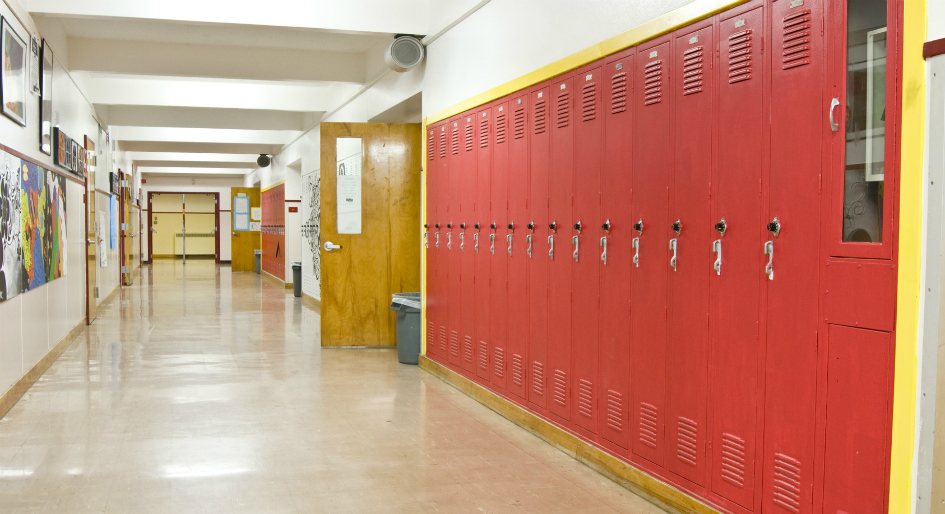Technology can play an important role in strengthening hygiene in schools with mechanisms like filtration to help capture bacteria and other particles to reduce the spread of germs
Air quality is a big driver of school hygiene, but while many buildings have built-in ventilation systems, it can be difficult to know how effective these systems are at removing pollution from the air. Pollutants can include particles ranging in size and gases such as volatile organic compounds (VOCs) or formaldehyde. Increasing ventilation by opening windows may cause poor outdoor air to come inside if the area is polluted, and presents temperature challenges which can impact comfort, particularly during the cold winter months and humid summer days.
In a global washroom and air quality survey conducted for Dyson in July 2021, 83 per cent of 15,100 people across 20 countries believe air purification is important in indoor working environments (1). Among the Canadian respondents, the top three benefits include being less likely to transmit or contract illness from microbes in the air, reducing the intake of harmful particles for long-term health, and supporting a fresher feeling environment.
If schools are thinking about adding portable purifiers to classrooms and common areas to aid in better indoor air quality, they should consider purifiers that are scientifically tested to capture particles as small as allergens and viruses, and include:
- High-quality filtration and powerful projection to complement existing HVAC systems and provide cleaner, purified air throughout public spaces such as schools;
- A fully sealed HEPA 13 standard filtration2 — not only ensuring that no air bypasses the filter but blocking any potential leak points through which dirty air might enter the airflow. Filter systems should capture 99.97 per cent of particles as small as 0.3 microns including allergens, pollutants, bacteria, pollen, mould spores and gases;
- Strong air circulation to ensure that purified air reaches every corner of the room;
- Quiet operation to reduce unwanted disruption in educational spaces.
Shared washrooms also have a significant impact on hygiene in schools. The survey found that 65 per cent of respondents were more concerned about visiting public washrooms than they were the previous year, indicating empty paper towel dispensers among their top five frustrations along with a lack of toilet paper, unclean toilets, no soap, and blocked toilets. The survey also found that 24 per cent of Canadians were worried about drying their hands with dirty air from dryers. This is another area where HEPA filters could be beneficial—purifying the air used to dry hands
Canadians said that if a washroom did not have any working hand dryers or paper towels, 32 per cent would let their hands dry naturally while 19 per cent would wipe them on their clothes. Both options present risks of undoing the work of cleaning hands in the first place. A landmark 1997 study found that damp hands can transfer up to 1,000 times more bacteria than dry hands. With the right technology and a regular cleaning schedule, education facilities can alleviate many of these concerns, ensuring washrooms are more hygienic and ready for visitors.
Armed with the right information and data, schools can make informed choices about how to keep their students and staff safe, while prioritizing hygiene and protecting those most vulnerable.
1. Global survey conducted for Dyson in July 2021 across 20 countries worldwide (UK, DE, ES, FR, IT, NL, US, CA, MX, CN, JP, MY, SG, AU, TW, HK, IN, TR, AE, BE) with 15,100 respondents in total (500 in Canada), aged 18 years-old or above. Individual percentages vary per country.
Giles Morgan is a senior design engineer with Dyson. He joined the organization from university and within his 4.5 years has been part of the new product development engineering team.





